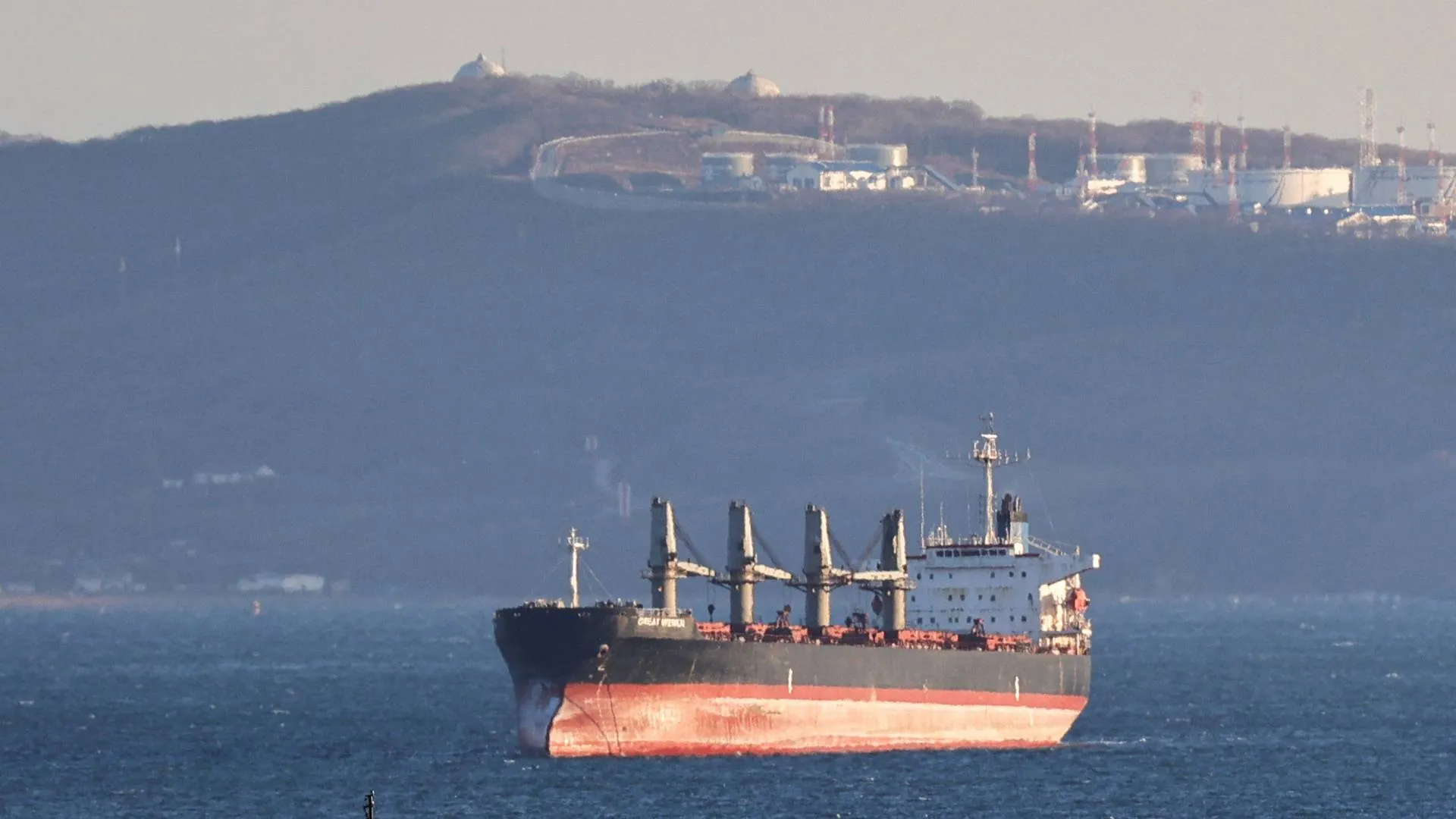1. General Overview of Anan Port, Japan
Anan Port is a key regional port in Tokushima Prefecture, Japan, classified as a “Major Port” under the Port and Harbor Law (Law No. 218 of 1950). It primarily handles industrial materials, container cargo, and fishery products. The port is administered by the Tokushima Prefectural Government and complies with national and international maritime regulations. Key facilities include:
– 3 commercial berths (max draft: 12m):
– East Wharf (Berths 1-2): General cargo and containers
– West Wharf (Berth 3): Bulk carriers
– 1 dedicated fishery wharf (managed by Anan Fisheries Cooperative)
– Annual cargo throughput: ~2.8 million tons (2022 data, MLIT report)
– Port operating hours: 0800-1700 (extended with prior approval)
– Anchorage area: 2 designated zones (North and South) with depth 15-20m
2. Port Rules and Regulations
2.1 Legal Framework
– Primary legislation:
– Port and Harbor Law (Law No. 218 of 1950)
– Maritime Traffic Safety Law (Law No. 115 of 1972)
– Ship Safety Law (Law No. 11 of 1933)
– International conventions:
– SOLAS 1974 (as amended)
– MARPOL 73/78
– ISPS Code (2004)
– Local regulations:
– Tokushima Prefecture Port Ordinance No. 42 (2018)
– Anan Port Special Security Measures (2021 revision)
2.2 Navigation and Entry Requirements
– Pre-arrival documentation (submitted via Japan Coast Guard e-reporting system):
– 24 hours prior: General Declaration (Form C)
– 12 hours prior: Crew List (Form 3) and Cargo Manifest
– 6 hours prior: Final ETA confirmation
– Special requirements:
– Vessels >10,000 GT: Mandatory pilotage (Anan Pilot District Regulation Art.5)
– Tankers: Additional oil spill contingency plan submission
– Night navigation: Restricted to vessels with approved lighting (min. 500 lux at bow)
– Navigation aids:
– 2 leading lights (bearing 275° True)
– Port radar coverage: 24nm range (JCG Station Tokushima)
2.3 Berthing and Cargo Operations
– Berth allocation priority system (Anan Port Authority Notice 2022-4):
1. Emergency vessels
2. Scheduled liners
3. Bulk carriers
4. Fishing vessels
– Dangerous goods handling:
– Class 1 (explosives): Prohibited
– Class 3-9: Special berth (West Wharf) with 500m exclusion zone
– Cargo handling equipment standards:
– JIS B 8801 (cranes)
– ISO 3874 (container handling)
– Annual load testing required
– Operational restrictions:
– Max wind speed for operations: 15m/s
– Wave height limit: 1.5m
3. Compliance and Enforcement
3.1 Inspection Regime
– Japan Coast Guard inspections focus areas:
– Safety equipment (lifeboats, firefighting)
– Navigation systems
– Crew certification
– PSC inspection target factors (Tokyo MOU):
– Age >15 years: +5 points
– Previous detentions: +7 points
– High-risk flag: +3 points
– Environmental compliance checks:
– Oil Record Book (MARPOL Annex I)
– Garbage Management Plan (MARPOL Annex V)
– Bunker delivery notes (sulfur content verification)
3.2 Penalties and Sanctions
– Tiered penalty system (Anan Port Administrative Penalty Rules 2020):
– Level 1 (minor): Warning + JPY 50,000-100,000
– Level 2 (moderate): JPY 200,000-500,000 + operational restrictions
– Level 3 (severe): JPY 1,000,000+ + port access suspension
– Common violations:
– Late reporting: JPY 30,000/day
– Unauthorized operations: JPY 500,000/incident
– Safety violations: Up to JPY 2,000,000
– Appeal process: Submitted to Tokushima Prefecture within 30 days
4. Safety Measures
4.1 Crew Safety Protocols
– Mandatory safety training:
– Basic safety: Every 5 years
– Refresher: Annually
– Emergency equipment requirements:
– Lifejackets: 110% complement
– Immersion suits: 100% for winter months (Nov-Mar)
– First aid kits: ISO 21875 compliant
– Working hour limitations:
– Max 14 hours/day
– Min 10 hours rest/24h period
4.2 Vessel Safety Requirements
– Mooring system standards:
– Minimum breaking load: 125% MBSL
– Synthetic lines: Max 5 years service
– Navigation equipment requirements:
– ECDIS (for vessels >3,000 GT)
– AIS Class A
– VHF DSC radio
– Emergency preparedness:
– SOPEP drills quarterly
– Oil spill equipment: 200% regulatory minimum
– Emergency towing arrangements
5. Environmental Regulations
– Waste management hierarchy:
1. Prevention
2. Reuse
3. Recycling
4. Disposal
– Emission control area (ECA) requirements:
– Sulfur cap: 0.10% m/m
– NOx Tier III for engines >130kW
– Ballast water management:
– Exchange: 200nm from shore + 200m depth
– Treatment: UV or chemical systems
– Wildlife protection:
– No anchoring in seagrass beds
– Speed limit 10kn near marine mammal zones





